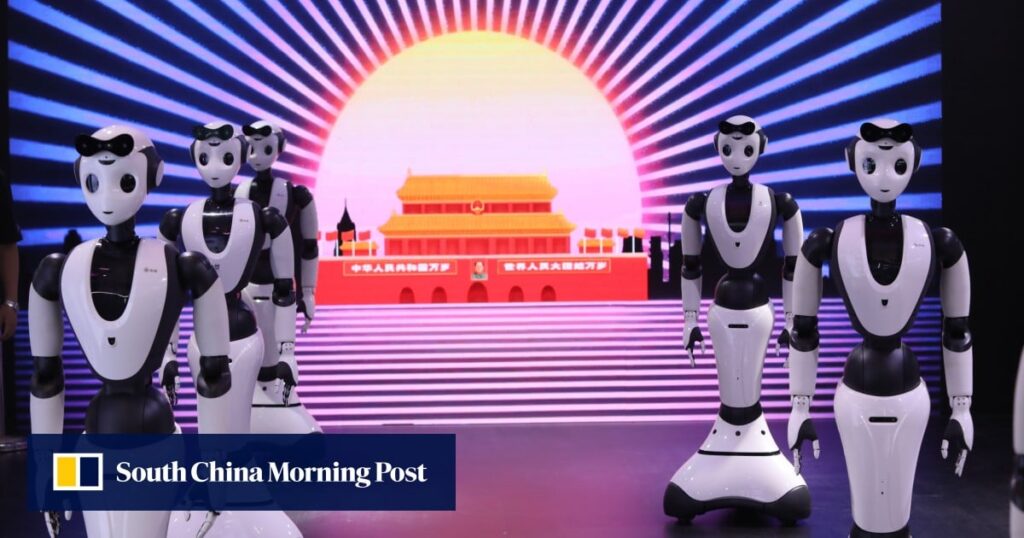“Does China need that many?” I don't think so. “
He said the public is overly concerned about falling behind the United States technologically.
“It's impossible to surpass the United States in every aspect,” Yao said.
China hopes its leadership in high-tech research and frontier fields will strengthen its foothold in global supply chains.
However, Yao said, “The development of 'new high-quality production capacity' cannot be interpreted as cutting-edge technology. Cutting-edge may not be the best.”
He said that it is not always necessary to innovate from the beginning and that sometimes small changes in traditional areas can be very important.
To create an innovative environment, China needs to learn from competitors such as the United States, Yao said.
He said the United States has always been a leader in innovation over the past century because it has been an open society to immigrants. “If you look at any company in Silicon Valley, at least 60 to 70 percent of its employees were born in another country.”
“China also needs to be open, and Shanghai should take the lead in relaxing the household registration system,” he said.
“We need to attract young people to set up businesses in Shanghai. Not just Chinese young people, but young people from all over the world.”
China's household registration system, or hukou, has long been criticized for dividing the population into urban and rural residents and confining people to where they were born. In recent years, large cities have been relaxing their household registration systems in order to attract young talent.
The second most important factor for innovation is an advanced capitalist market, he said, because it rewards ingenuity. He said Shanghai has great advantages and its stock market could play a role in promoting innovation.
As global technology competition intensifies, China is putting more economic weight into research and development. In January, in the face of the U.S. government's efforts to contain the technology, the Chinese government announced plans to commercialize its innovations. The company established five advanced pilot-scale production facilities and combined laboratory research with mass production.




